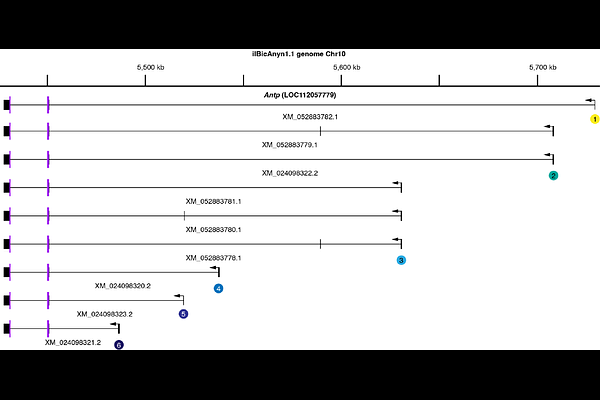A novel Hox gene promoter fuels the evolution of adaptive phenotypic plasticity

A novel Hox gene promoter fuels the evolution of adaptive phenotypic plasticity
Tian, S.; Lee, B.; Banerjee, T. D.; Murugesan, S. N.; Monteiro, A.
AbstractAdaptive phenotypic plasticity allows organisms to display distinct phenotypes in response to variable environments, but little is known about the genomic changes that promote the evolution of plasticity on a macroevolutionary scale. Combining spatial transcriptomics, comparative genomics, and genome editing, we show that temperature-mediated plasticity in the size of eyespot wing patterns in satyrid butterflies, a derived seasonal adaptation evolved ~80 million years ago in this subfamily, is associated with the taxon-specific evolution of a novel promoter in the Hox gene Antennapedia (Antp). The promoter activates Antp expression specifically in satyrid eyespot center cells, sensitizes these cells to environmental temperatures, and plays a critical role in regulating satyrid eyespot size plasticity. Our study demonstrates that a taxon-specific cis-regulatory innovation in an ancestral developmental gene fueled the evolution of adaptive phenotypic plasticity across a clade of animals.